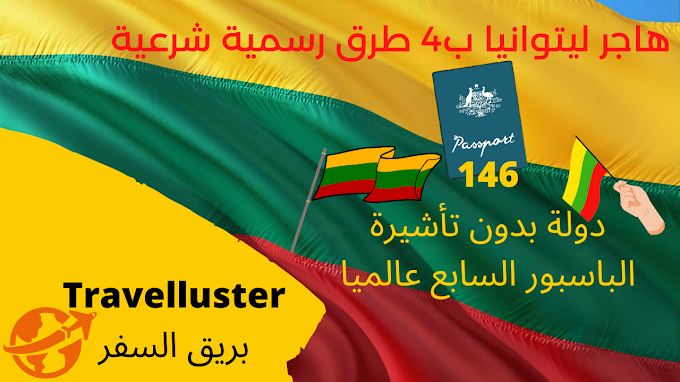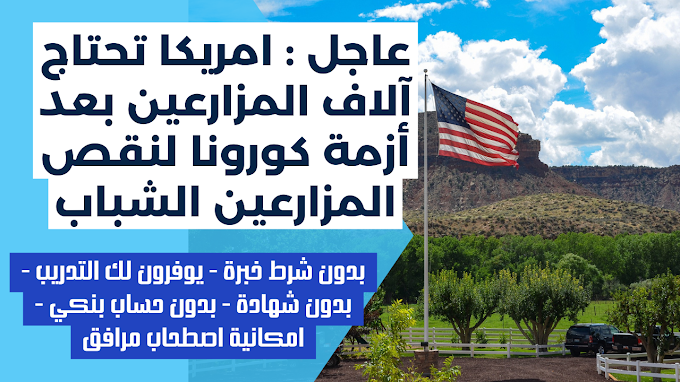Road
trips in Australia
DARWIN
The cosmopolitan
capital of Darwin is Australia’s doorway to Asia and celebrates its
multicultural mix with delicious fusion cuisine and a relaxed tropical vibe.
Darwin feels more like a big town than a city, and the dreamy coastline around
its outer reaches rakes at the heart when a blood red sun is dipping over the
horizon.
Getting Around
Darwin is
relatively compact, but having your own car is particularly useful for visiting
the markets in the northern suburbs and the parks on the city’s fringe. Central
Darwin and the Waterfront Precinct are easily walkable.
Parking
Darwin’s CBD has
paid parking meters; the cost ranges between $1.20 and $2.40 per hour,
depending on location. There is free overnight parking in the majority of
off-street car parks. See the Darwin City website (www.darwin.nt.gov.au) for specifics.
Where to Eat
The Darwin
Waterfront Precinct is a great spot for a lovely dinner of fresh seafood with a
variety of options to suit all budgets. Food at Parap Village Market is also a
highlight – arrive hungry!
Where to Stay
Darwin has a good
range of sleeping options, mostly clustered near the CBD. Hostels are generally
concentrated in a bar-heavy stretch of Mitchell St. There are a few decent
camping/caravan options within 10km of the city. Darwin’s larger hotels quote
inflated rack rates but there are good specials to be found online.
ADELAIDE
Relax after your
epic drive with a few days in gracious, relaxed Adelaide. Capital of the driest
state on the driest inhabited continent, Adelaide beats the heat by celebrating
life’s finer things: fine landscapes, fine festivals, fine food and (…OK,
forget the other three) fine wine.
Getting Around
Adelaide is
pancake flat – perfect for walking or cycling (if it’s not too hot!). Buses,
trains and trams also service the city; Adelaide Metro (www.adelaidemetro.com.au) has information and sells tickets.
Parking
Parking is cheap
and plentiful throughout the city. Hotel parking sometimes incurs an additional
fee.
Where to Eat
Those in the know
head to West End hotspots such as Gouger St, Chinatown and food-filled Central
Market.
Where to Stay
Most of
Adelaide’s budget accommodation is in the city centre but in a city this easy
to get around, staying outside the CBD is viable. For beachside accommodation,
try Glenelg.
Useful Websites
South Australian Visitor Information Centre (www.southaustralia.com) Info on Adelaide and South Australia.
Road Trip Through Adelaide:
Uluru, Alice & the Red Centre
The Red Centre is
Australia’s heartland, boasting the iconic attractions of Uluru and Kata Tjuta,
plus an enigmatic central desert culture that continues to produce
extraordinary abstract art.
ULURU (AYERS ROCK)
The first sight
of Uluru on the horizon will astound even the most jaded traveller. Uluru is
3.6km long and rises a towering 348m from the surrounding sandy scrubland (867m
above sea level). If that’s not impressive enough, it’s believed that
two-thirds of the rock lies beneath the sand. Closer inspection reveals a
wondrous contoured surface concealing numerous sacred sites of particular
significance to the Anangu. If your first sight of Uluru is during the
afternoon, it appears as an ochre-brown colour, scored and pitted by dark
shadows. As the sun sets, it illuminates the rock in burnished orange, then a
series of deeper reds before it fades into charcoal. A performance in reverse,
with marginally fewer spectators, is given at dawn.
Yulara (Ayers Rock Resort)
Pop
887
Yulara is the service village for the
Uluru-Kata Tjuta National Park, and has effectively turned one of the world’s
least hospitable regions into a comfortable place to stay. Lying just outside
the national park, 20km from Uluru and 53km from Kata Tjuta, the complex is the
closest base for exploring the park.
KATA TJUTA (THE OLGAS)
No journey to
Uluru is complete without a visit to Kata Tjuta (the Olgas), a striking group
of domed rocks huddled together about 35km west of the Rock. There are 36
boulders shoulder to shoulder forming deep valleys and steep-sided gorges. Many
visitors find them even more captivating than their prominent neighbour. The
tallest rock, Mt Olga (546m; 1066m above sea level) is approximately
200m higher than Uluru. Kata Tjuta means ‘many heads’ and is of great tjukurpa
significance, particularly for men, so stick to the tracks.
The 7.4km Valley
of the Winds loop (two to four hours) is one of the most challenging and
rewarding bushwalks in the park. It winds through the gorges, giving excellent
views of the surreal domes and traversing varied terrain. It’s not particularly
arduous, but wear sturdy shoes, and take plenty of water. Starting this walk at
first light often rewards you with solitude, enabling you to appreciate the
sounds of the wind and bird calls carried up the valley.
The short
signposted track beneath towering rock walls into pretty Walpa Gorge
(2.6km return, 45 minutes) is especially beautiful in the afternoon, when
sunlight floods the gorge.
There’s a picnic
and sunset-viewing area with toilet facilities just off the access road a few
kilometres west of the base of Kata Tjuta. Like Uluru, Kata Tjuta is at its
glorious, blood-red best at sunset.
Kings Canyon & Watarrka
National Park
The yawning chasm of Kings Canyon in Watarrka
National Park is one of the most spectacular sights in central Australia, and
one of the main attractions of the Mereenie Loop. The other ways to get here
include the unsealed Ernest Giles Rd, which heads west off the Stuart Hwy 140km
south of Alice Springs, and the sealed Luritja Rd which detours off the
Lasseter Hwy on the way to Uluru. The latter is the longest route but easily
the most popular and comfortable.
Whichever way you get here you will want to
spend some time shaking off the road miles and taking in the scenery. Walkers
are rewarded with awesome views on the Kings Canyon Rim Walk.
The Kings Creek Walk
(2km return) is a short stroll along the rocky creek bed to a raised platform
with views of the towering canyon rim.
About 10km east of the car park, the Kathleen Springs Walk (one hour, 2.6km
return) is a pleasant wheelchair-accessible track leading to a waterhole at the
head of a gorge.
The Giles Track (22km
one-way, overnight) is a marked track that meanders along the George Gill Range
between Kathleen Springs and the canyon; fill out the logbook at Reedy Creek
rangers office so that in the event of an emergency, rangers can more easily
locate you.
























0 Comments